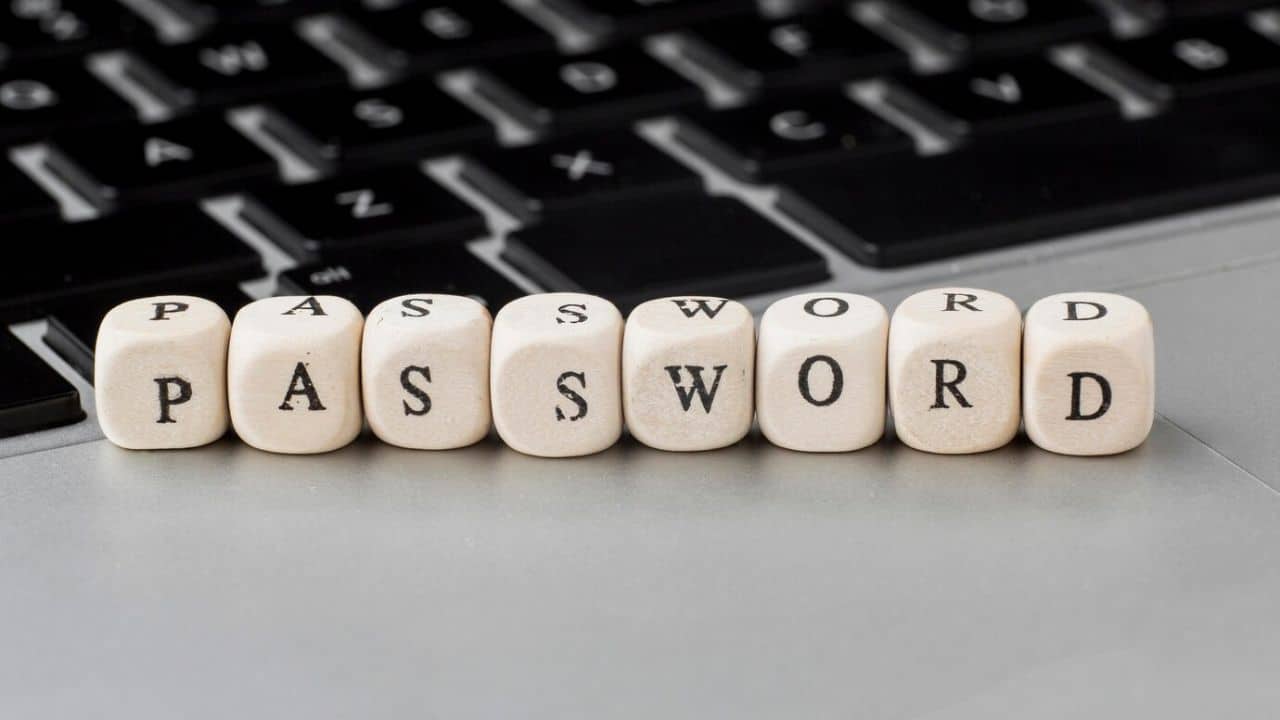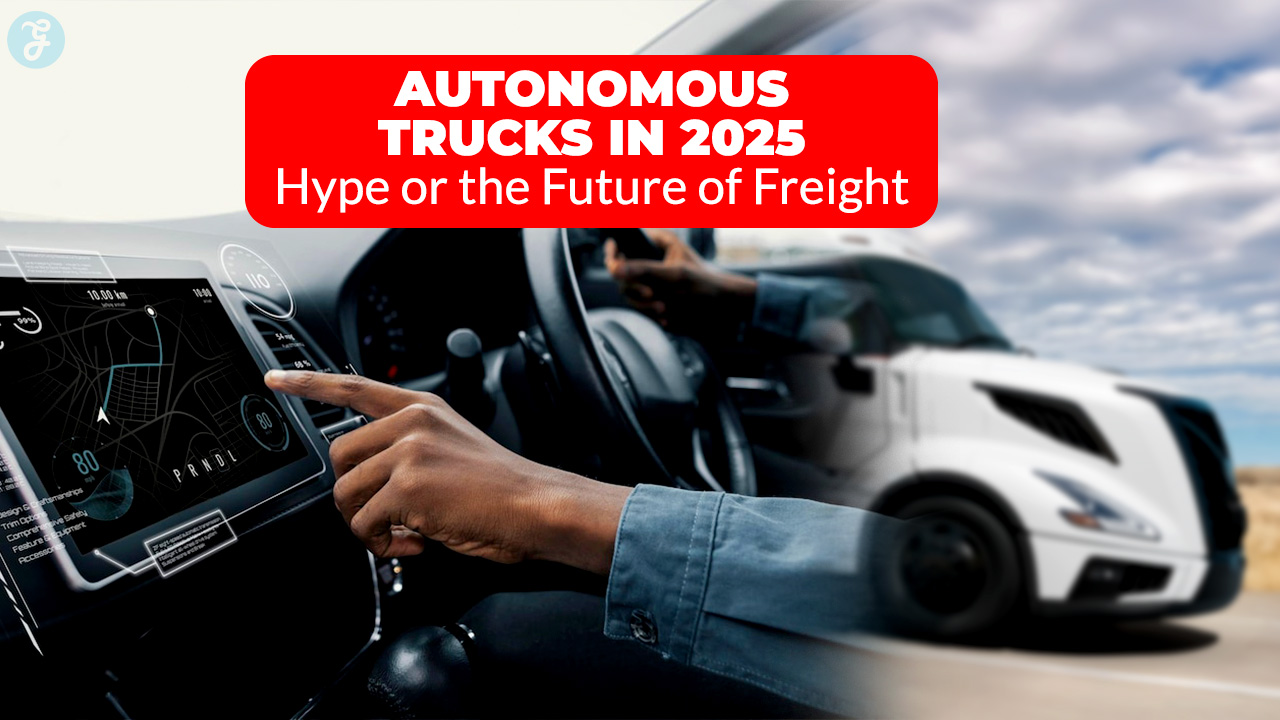For decades, passwords have been the gatekeepers of our digital lives. From accessing email accounts to securing online banking, passwords have been our first line of defense. However, managing passwords has become a nightmare for many users. Weak passwords, forgotten credentials, and the constant threat of breaches have pushed the tech world to explore alternatives. As technology advances, we are inching closer to a future where passwords might no longer be necessary. But what does this mean for our security and convenience?
The Rise of Password Problems
Passwords have existed since the early days of the Internet, but they have always been flawed. Today, the average user has dozens of online accounts, making it impossible to create and remember strong, unique passwords for each one. According to this article, This has led to bad habits like reusing passwords or relying on simple ones like “123456” or “password,” which are easy targets for hackers.
Even password managers, touted as a solution to this problem, are not perfect. While they can store complex passwords securely, they add an extra layer of complexity for users who may not trust or understand them fully. Moreover, data breaches have exposed even encrypted password databases, proving the password system is inherently insecure.
As cyber threats evolve, it’s clear that passwords are no longer enough to protect our digital lives. This has led to a search for more secure and user-friendly alternatives.
Password Alternatives Gaining Momentum
The push to eliminate passwords has given rise to several innovative technologies. Biometric authentication, such as fingerprint and facial recognition, is among the most popular alternatives. Many modern smartphones and laptops now have these features, offering a seamless way to unlock devices and access accounts. Biometrics are hard to replicate, making them a much more secure option than traditional passwords.
Another promising technology is passkeys, which use public key cryptography to authenticate users. Companies like Apple, Google, and Microsoft have been working together to promote passkey adoption. These keys are stored on your device and never left, reducing the interception risk. Passkeys also eliminate the need to remember anything, making them incredibly convenient.
Multi-factor authentication (MFA) has also been a game-changer. By combining something you know (like a PIN), something you have (like a smartphone), or something you are (like a fingerprint), MFA adds extra layers of security. While not entirely replacing passwords, MFA significantly reduces the risk of unauthorized access.
The Role of FIDO and Big Tech
The Fast Identity Online (FIDO) Alliance is a driving force behind the move to a passwordless future. This organization, which includes tech giants like Google, Microsoft, and Apple, aims to create open standards for authentication that are both secure and easy to use. The FIDO2 standard, for example, supports biometric logins and hardware security keys, paving the way for the widespread adoption of passwordless solutions.
Big Tech companies have been quick to embrace these standards. Apple has introduced Passkeys in iOS and macOS, allowing users to log in with Face ID or Touch ID. Google and Microsoft have also integrated passwordless options into their platforms, making it clear that this is the direction the industry is heading.
However, these technologies are not without challenges. For one, they require users to have compatible devices, which might not be accessible to everyone. Additionally, transitioning from passwords to new systems involves a learning curve, and there is always a risk of technical issues or mismanagement during the switch.
Challenges and the Road Ahead
While the idea of a passwordless future is exciting, it has its obstacles. Not all systems and services are ready to adopt these new technologies. Many older systems still rely on traditional passwords; updating them may take years.
Privacy concerns are another major hurdle. Biometric data, once compromised, cannot be changed like a password. This raises questions about how companies store and protect such sensitive information. While the FIDO Alliance and others emphasize local storage for biometrics, not all systems follow these best practices.
Moreover, the transition phase could confuse and frustrate non-tech-savvy users. Education and support will be crucial to ensure a smooth transition to a passwordless future.
Conclusion
Biometrics, passkeys, and multi-factor authentication are already transforming how we secure our digital lives. These solutions promise greater security and convenience, addressing many of the flaws inherent in traditional passwords.
However, the road to a passwordless world is not without challenges. Compatibility issues, privacy concerns, and the need for user education are significant hurdles that must be overcome. As more companies adopt these technologies and standards like FIDO2 gain traction, we are likely to see a gradual but steady decline in the reliance on passwords.
A future without passwords may not be perfect, but it is a step in the right direction. It represents a commitment to creating a safer and more user-friendly digital environment where security does not come at the cost of convenience. The era of passwords may be coming to an end, but the quest for a secure digital future is only beginning.







































